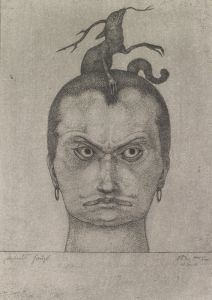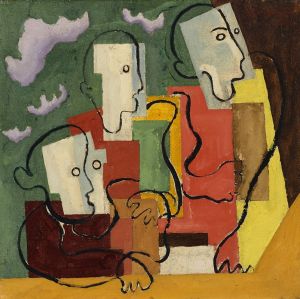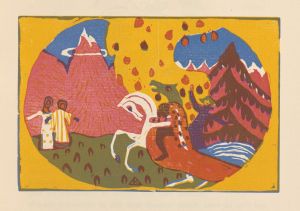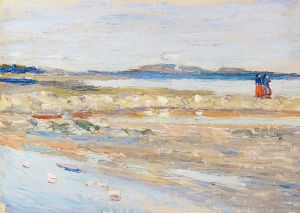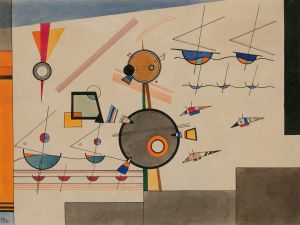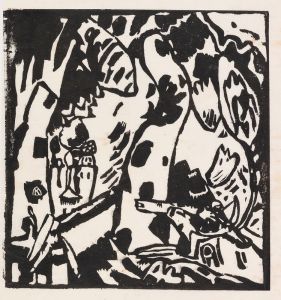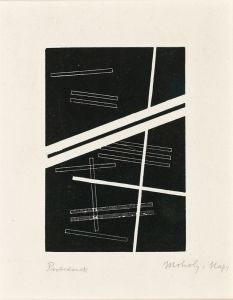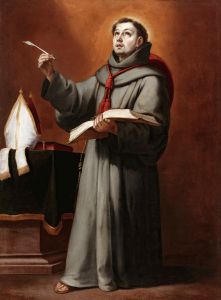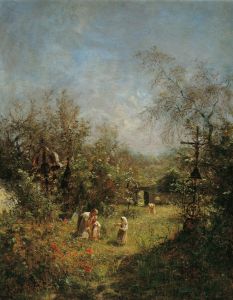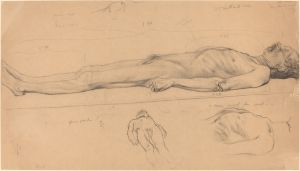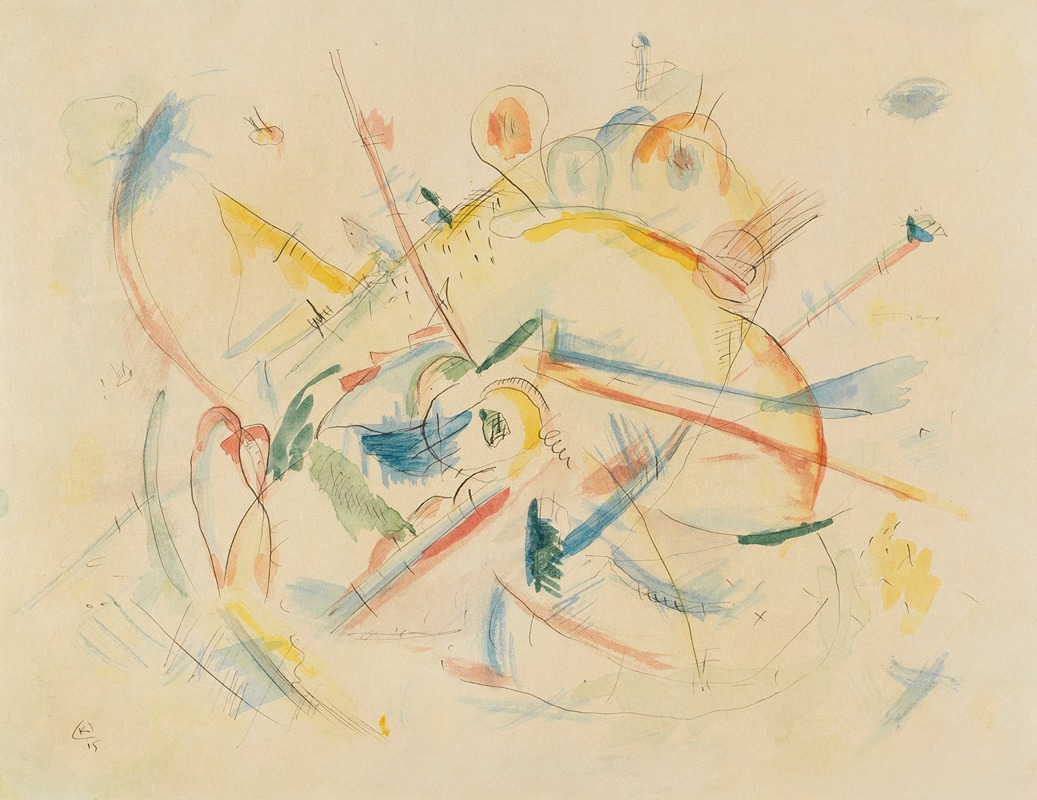
Ohne Titel
A hand-painted replica of Wassily Kandinsky’s masterpiece Ohne Titel, meticulously crafted by professional artists to capture the true essence of the original. Each piece is created with museum-quality canvas and rare mineral pigments, carefully painted by experienced artists with delicate brushstrokes and rich, layered colors to perfectly recreate the texture of the original artwork. Unlike machine-printed reproductions, this hand-painted version brings the painting to life, infused with the artist’s emotions and skill in every stroke. Whether for personal collection or home decoration, it instantly elevates the artistic atmosphere of any space.
Wassily Kandinsky, a pioneering figure in abstract art, created numerous works that have left a significant impact on the art world. Among these is "Ohne Titel," which translates to "Untitled" in English. Kandinsky's contributions to art are often associated with his exploration of color, form, and the emotional resonance of abstract compositions. While specific details about "Ohne Titel" are limited, it is essential to understand the broader context of Kandinsky's work to appreciate this piece.
Kandinsky was born in Moscow in 1866 and initially pursued a career in law and economics. However, his passion for art led him to move to Munich in 1896, where he studied at the Academy of Fine Arts. His early works were influenced by Impressionism and Post-Impressionism, but he gradually moved towards abstraction, seeking to express inner emotions and spiritual experiences through art.
By the early 20th century, Kandinsky had become a leading figure in the development of abstract art. He was a founding member of the Blue Rider (Der Blaue Reiter) group, which played a crucial role in promoting modern art in Germany. The group's philosophy emphasized the spiritual and symbolic aspects of art, which resonated deeply with Kandinsky's own beliefs.
Kandinsky's work is characterized by a vibrant use of color and dynamic compositions. He believed that colors and shapes could evoke emotions and that art should transcend the material world to connect with the viewer on a spiritual level. This approach is evident in many of his paintings, where he used abstract forms to convey a sense of movement and harmony.
"Ohne Titel" fits within this framework of Kandinsky's artistic philosophy. Although specific details about the painting's creation, such as its date and medium, are not readily available, it likely embodies the principles that Kandinsky championed throughout his career. The absence of a title suggests a deliberate choice to focus on the visual and emotional impact of the work rather than any narrative or representational content.
Kandinsky's influence extends beyond his paintings. He was also a prolific writer and theorist, authoring several important texts on art theory. His book "Concerning the Spiritual in Art," published in 1911, outlines his ideas on the emotional power of color and form, advocating for an art that speaks to the soul rather than merely depicting the external world.
Throughout his life, Kandinsky continued to evolve as an artist, experimenting with different styles and techniques. His later works, created during his time at the Bauhaus school and in Paris, reflect a more geometric approach, yet they maintain the spiritual essence that defined his earlier pieces.
In summary, while specific information about "Ohne Titel" by Wassily Kandinsky is limited, understanding the broader context of his work provides insight into the painting's significance. Kandinsky's legacy as a pioneer of abstract art is marked by his innovative use of color and form to explore the spiritual dimensions of human experience. His contributions continue to inspire artists and art enthusiasts around the world, affirming his place as a central figure in the history of modern art.





